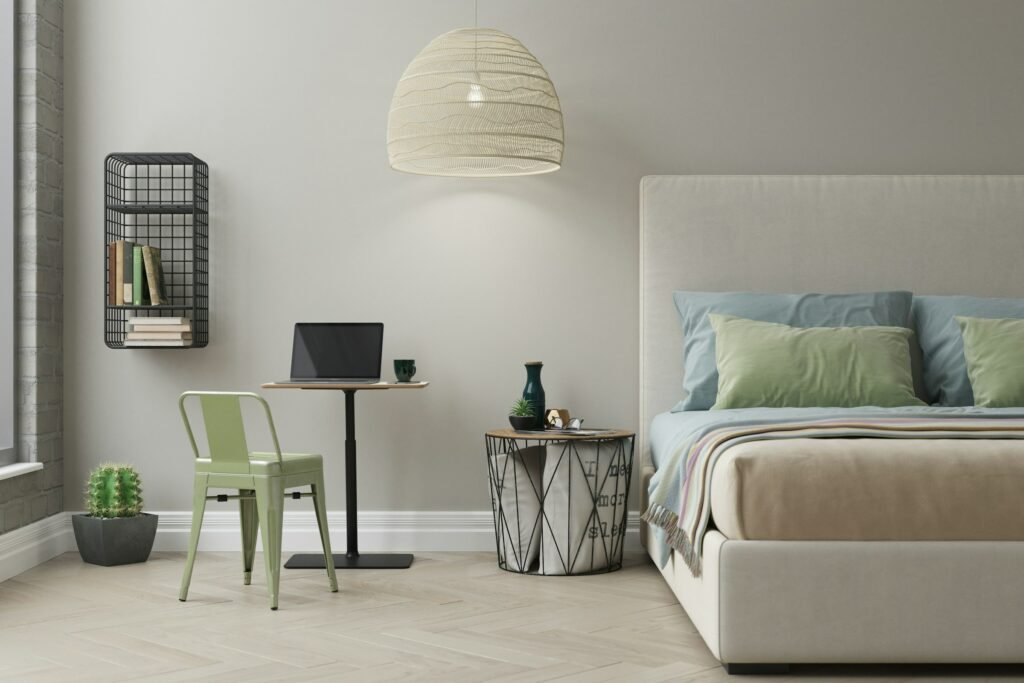The Importance of Functional Spaces in Home Plans: Optimizing Your Layout
In the realm of home design, functionality reigns supreme. A beautifully crafted exterior or lavish interior finishes might catch the eye initially, but it’s the thoughtful layout and organization of functional spaces that truly make a house a home. From the flow of daily activities to the comfort and convenience of its inhabitants, the optimization of a home’s layout plays a pivotal role in enhancing the overall living experience.

Understanding Functional Spaces
Functional spaces encompass areas within a home that serve specific purposes and activities. These can range from communal areas like living rooms, kitchens, and dining spaces to private spaces such as bedrooms, bathrooms, and home offices. Each of these areas requires careful consideration in terms of placement, size, and accessibility to ensure they fulfill their intended functions seamlessly.
Enhancing Daily Life
The layout of functional spaces directly impacts the daily rhythm of life within a household. For instance, an open-concept kitchen seamlessly connected to a dining area and living room fosters social interaction and facilitates multitasking. Conversely, strategically placed private spaces, like bedrooms tucked away from the communal areas, offer privacy and tranquility essential for relaxation and personal time.
Promoting Efficiency and Productivity
An optimized layout not only enhances comfort but also promotes efficiency and productivity. In a well-designed home office, for example, ample natural light, ergonomic furniture, and organized storage solutions contribute to a conducive work environment. Similarly, a functional laundry room equipped with efficient appliances and adequate counter space streamlines household chores, saving time and effort.
Maximizing Space Utility
Space is a valuable commodity in any home, and maximizing its utility is key to making the most of every square foot. Clever design strategies, such as built-in storage solutions, multifunctional furniture, and versatile room configurations, can help optimize space usage. Additionally, considering the needs and lifestyle of occupants ensures that space is allocated efficiently, avoiding unnecessary sprawl or underutilized areas.
Supporting Multigenerational Living
In an era where multigenerational living arrangements are increasingly common, the importance of adaptable and inclusive home layouts cannot be overstated. Incorporating features like ground-floor bedrooms, accessible bathrooms, and flexible living spaces accommodates varying needs and promotes independence for occupants of all ages and abilities. Thoughtful design can foster harmony and facilitate seamless transitions as families evolve and grow.
Enhancing Resale Value
A well-planned layout not only benefits current occupants but also enhances the resale value of a home. Potential buyers are drawn to homes with intuitive layouts that offer versatility, comfort, and practicality. Investing in functional spaces that cater to a wide range of preferences and lifestyles can significantly increase the market appeal and resale potential of a property.
Designing for the Future
As lifestyles and societal norms continue to evolve, so too must home design. Forward-thinking architects and homeowners are increasingly prioritizing flexibility and adaptability in their home plans. Designing for the future involves incorporating features that allow for easy modifications and updates as needs change over time, ensuring that the home remains relevant and functional for generations to come.
In the realm of home design, the optimization of functional spaces is paramount. From promoting efficiency and productivity to enhancing daily life and supporting multigenerational living, a well-planned layout can profoundly impact the comfort, convenience, and overall enjoyment of a home. By prioritizing functionality in home plans and embracing innovative design solutions, homeowners can create spaces that not only meet their current needs but also adapt gracefully to the ever-changing demands of modern living.
